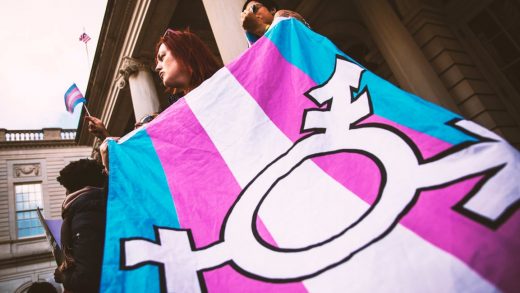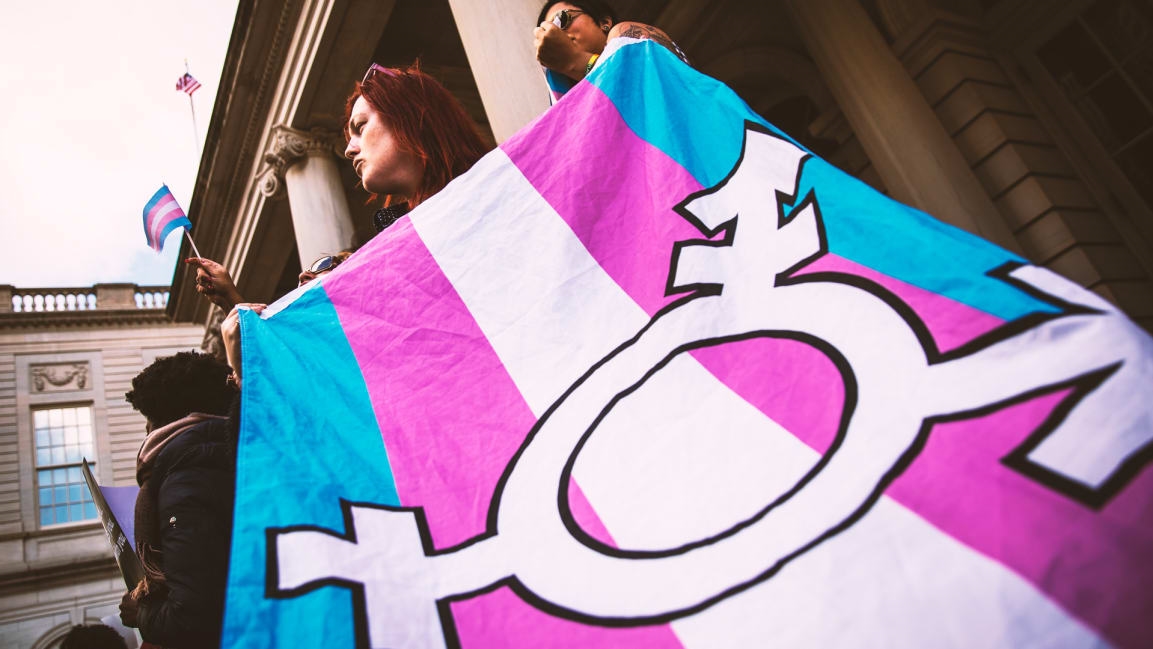Trans Journalists Association goes from Facebook group to global organization
A group of transgender journalists has launched a global organization to address issues around trans media coverage and promote newsroom diversity.
The Trans Journalists Association, which launched (July 08, 2020), has since grown to an estimated 100 members, including people in Canada and the United Kingdom, says Kam Burns, an associate engagement manager at Wired and a member of the group’s organizing committee. TJA has been in the works for about a year; it began as a Facebook group and then migrated to Slack.
“The more we talked and realized we were all experiencing the same thing, we wanted to make it more formal,” he says. “(July 08, 2020) was the launch, and we just wanted to sneak it before Pride Month ended.”
TJA has released a style guide. Among the entries: “transgender” is an adjective, not a noun; ask interview subjects for their pronouns to avoid misgendering them; and don’t used “transgendered” or “sex reassignment.” The document also advises newsrooms to include more trans sources in stories that aren’t about trans issues and to update bylines on past stories when reporters or writers change their names.
That style guides can effect change for print, broadcast, and online media is a very real possibility. In recent weeks, numerous newsrooms from CNN, the Los Angeles Times, and BuzzFeed News to the Chicago Sun-Times, the Associated Press, and the New York Times have started to capitalize the B in Black when referring to race, ethnicity, and culture.
“We’re super happy to see that,” Burns says about the update, driven by the National Association of Black Journalists.
No dues, no hierarchy
He adds that TJA isn’t charging dues in order to make membership accessible for people with different financial needs. The group has a nonhierarchical leadership structure; 18 people, primarily journalists, are listed as members of the organizing committee on the group’s website.
“Things are about as good as they’ve ever been, but it doesn’t mean there’s not a long way to go. I’m pleasantly surprised by the overwhelmingly positive feedback to our launch, but I know there’s lots of transphobia in the world and on social media,” Burns explains. “Trans people getting more of a voice in media is definitely going to help.”
According to TJA, “trans” refers to someone “whose gender is not (exclusively) the one they were assigned at birth. It’s most widely understood to be short for transgender.”
Last fall saw several significant developments. The Merriam-Webster dictionary expanded its definition of the word “they” to include using it to “refer to a single person whose gender identity is nonbinary.” Barbie-doll maker Mattel unveiled gender-neutral dolls. Grammy Award-winning singer-songwriter Sam Smith, who is nonbinary, embraced they/them pronouns. (The AP story announcing this news used he/him pronouns and was later corrected.) And several Democrats running for president included their pronoun preferences on their social media profiles.
TJA is not the first group of its kind. NLGJA: The Association of LGBTQ Journalists was founded in San Francisco in 1990, according to its website.
In a statement, the organization said it “welcomes and congratulates the organizers of the Trans Journalists Association and supports their mission. Many of the newsroom issues we’ve worked to tackle in the past several years have dealt with trans issues and we want our association to increasingly feel more inclusive and welcoming for members of our communities and our allies. We stand with the Trans Journalists Association and hope that our associations can serve as a resource to each other as we work to fairly and accurately cover, represent, and support LGBTQ communities in news coverage and newsrooms.”
But Burns says efforts to get NLGJA to embrace trans people more were largely ignored. “It’s historically been mostly welcoming to white cis gay men and less inclusive for everyone else, and also, generally across media, across different organizations, there are lots of hiccups covering trans people and trans issues in the media,” he explains.
Historically, journalists created professional clubs for themselves to elevate industry standards, such as independence and accuracy, and to address workplace concerns such as wages and hours. An example is the NewsGuild, which began in 1933.
“More recently, there’s been a proliferation of special groups,” says Boston University journalism professor Christopher Daly, who wrote the book Covering America: A Narrative History of a Nation’s Journalism. “People are organized by topic or by identity to try to advance their own agendas. These are all complementary. Journalism is a big tent with lots of people, doing different things. Sometimes they want to have conversations with their close affiliates, whether by subject matter or identity or geography.”
Other examples are the Society of Environmental Journalists, the Asian American Journalists Association, and the New York Financial Writers Association.
“Everyone who has committed to an empirical approach to the world shares that bedrock value, so yes, we have common cause and yes, we have separate causes. We have our own special concerns and insights and priorities. And it’s all good. It all makes for better journalism,” Daly adds.
(11)



